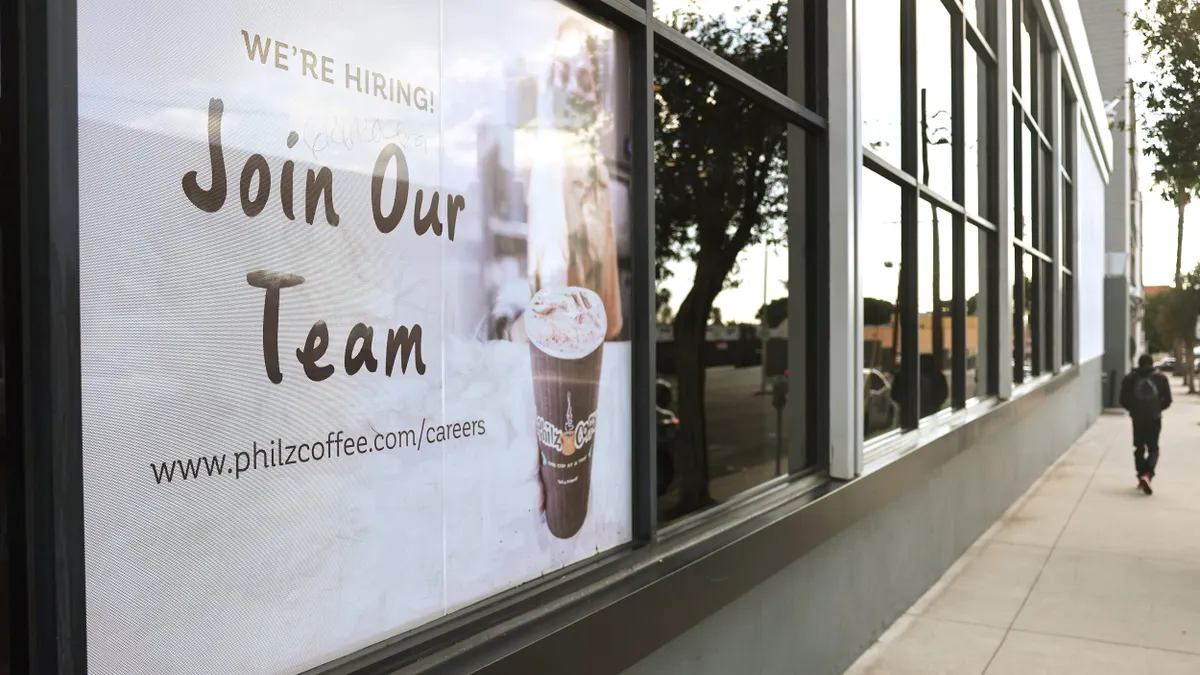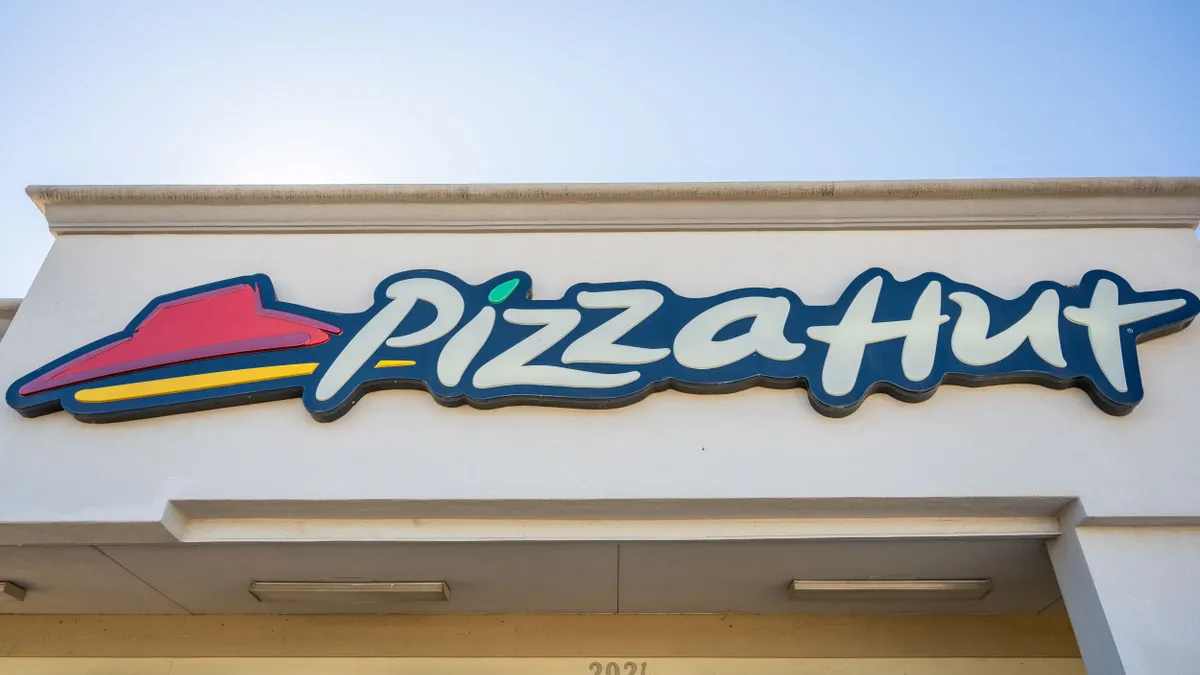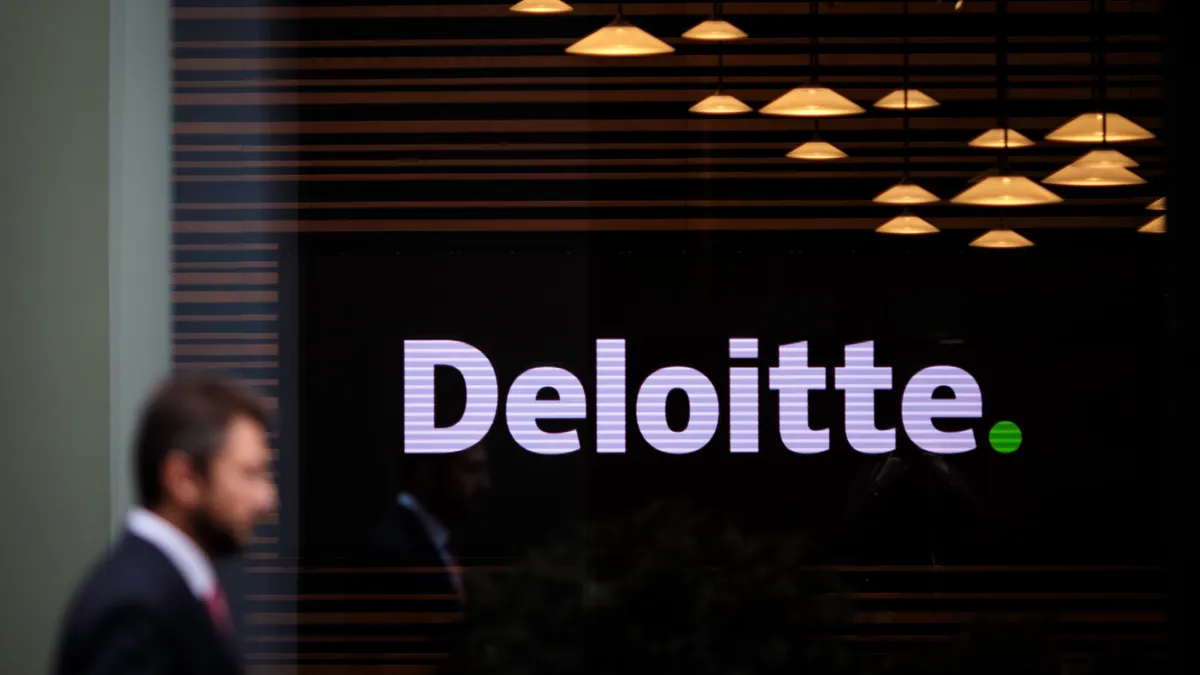Employers don't have a lot of leeway when it comes to getting I-9s filled out for new hires. The process can't start until someone accepts a job offer, but once the new worker starts, employers are on the clock to get the form completed on time.
After speaking with attorneys and experts, HR Dive compiled best practices to help HR professionals stay on top of I-9 compliance without jumping the gun, risking fines and penalties.
Be proactive and consistent
It's important to have a good handle on your I-9 process. The U.S. Department of Justice's immigration and employee rights section has been "fairly active and eager to investigate and explore novel theories of discrimination in the hiring and I-9 process," said attorney Andrew Greenfield, a partner at Fragomen, Del Rey, Bernsen & Loewy.
"Consistency is by far the most important thing," Greenfield told HR Dive in an interview. HR must ensure it treats everyone the same during the I-9 process. "Whether it's how early, to the manner, to what you might say is or isn't acceptable documentation," discrepant approaches can lead to bias claims, he warned, even if that alleged bias is unintentional or unconscious.
Start the I-9 process after a job offer is accepted
The point at which employers should start the I-9 process causes confusion for many, said attorney Melissa Azallion, a partner at Burr & Forman. "An offer has to be made and accepted before the I-9 process can begin," she told HR Dive in an interview. "But once this has happened, the I-9 process can start even if, for example, the employee won't start for two weeks. If you can show there was an offer and an acceptance, you can do the I-9."
Greenfield said that Section 1 of the I-9 must be completed on or before the first day of work, while the employer must review the documentary evidence on or before the third day of work. He reiterated that job offer and acceptance must happen before the I-9 process starts, because "you don't want to look like you're screening."
And, again, consistency is key, he said: "If you do it for some before they start work, do it for all."
Erin Lower, HR Coordinator at Paycor, said a set process has helped Paycor ensure compliance. Because all new hires start on Mondays, Paycor tells them that the company needs to see their documents by the end of the business day on Wednesday.
"One of the biggest issues for us was that, for a while, new hires weren't aware they needed to bring documents on the first day, or they were forgetting," Lower told HR Dive in an interview. To address this problem, Paycor decided to work multiple touch points into the process that were "proactive and to the point," she said.
"We send them a list of acceptable documents — page three of the I-9 — or, in the first-day logistics email, a link to the USCIS site," she said. "We also enlist the help of recruiters and recruiting coordinators. We have them tell [new hires] in person, which gives it more weight than just seeing it written somewhere."
On the first day of work, Lower said, local hires who forget their paperwork are told to go home and get it or bring it the next day. If they're not local, said Lower, Paycor asks if they "have a trusted person at home who can overnight the documents to us."
What constitutes acceptable documentation?
"Employees often don't know what to present; employers will often ask for specific documents," Azallion said. "The employee chooses which documents to present. Look at the list and show it to the employee. If an employer asks for certain documents, according to DOJ rules, this can be discriminatory, and employers should understand that."
Employers should be familiar with the lists of acceptable documents, said Greenfield — the documents from columns A, B, and C. "An employer may not prefer one legitimate set of evidence over another," he cautioned. "For example, a U.S. citizen may show a U.S. passport, or a driver's license plus a Social Security card, or a driver's license plus a U.S. birth certificate."
Keys to document authentication
The standard is, if the document is genuine on its face and reasonably relates to the person providing the evidence — for example, does the photo look like the person, is the name consistent, and so forth — the employer should accept the document without questioning it or asking for other documentation, said Greenfield.
"For the most part it feels like common sense," Lower said. "If the document is just not the right color, or if holographic features are missing, if the picture really doesn't look like them, they ask for a secondary document." Lower said Paycor also requests an alternate document when presented with a Social Security card that specifically states it is not to be used for work authorization.
Many times, Lower said, a mismatched last name is simply due to marriage. "We tell them to get a new Social Security card and a receipt or provide a marriage license." Lower said Paycor does its best to establish a reasonable paper trail in situations like this.
How to authenticate for remote workers?
"The law requires that original documents be reviewed in person," Greenfield said. "You can't do it on Skype; can't copy and fax or email."
If it's not economically feasible to fly someone to headquarters for a single hire, you may be able to send the employee to a nearby satellite office, Greenfield said. He also said that notaries are increasingly being asked to verify documents for I-9 purposes, but he cautioned that "notaries aren't deputized to sign I-9s — they are signing not as notaries, but just as people."
As the law doesn't specify who the verifier needs to be, a new hire could plausibly find someone at "a local law firm, or maybe a neighbor or trusted adult," Greenfield said. But the more attenuated the relationship is to the employer, he cautioned, the more legal risk there is. "You want to make sure it's done correctly as it's still the employer's liability. Forms should be reviewed when they arrive at headquarters," he said.
I-9 audits
Employers may want to conduct an I-9 self-audit on an annual basis, especially if they have a lot of turnover, Azallion said. "Look at all of your I-9s or a sampling. Ask, 'Are we in compliance? If not, how do we correct this?'" she said.
Be careful to make corrections properly, she said. If something has to be corrected in Section 1, for example, the employee has to do the correction and make clear that he or she has corrected something; the employee might initial and date the correction, she said.
"There are some things you can't really fix," Greenfield pointed out. "For example, if you miss the three-day rule, you are not allowed to backdate." But, in his experience, unless there is a widespread pattern and practice, if the U.S. Department of Homeland Security Immigration and Customs Enforcement sees that an employer did an initial audit, caught a mistake, examined why things were missed and made adjustments going forward, "this bodes very well for a company."
Related to I-9s, Azallion said the Social Security Administration has started issuing no-match letters again, as of earlier this year. "Employers get these letters and presume someone is not authorized to work. You do have an affirmative obligation to follow up and have the employee check on their status, but you can't assume that someone is unauthorized to work," she warned.
The bottom line
"Employers need to ensure that the people that are conducting your I-9 process are well-trained," Azallion said. "It's only a two-page form, but this is a risk area for employers. Conduct training, and maybe even add an immigration compliance policy to your handbook that says, 'We're committed to this and we take it seriously.'"

















